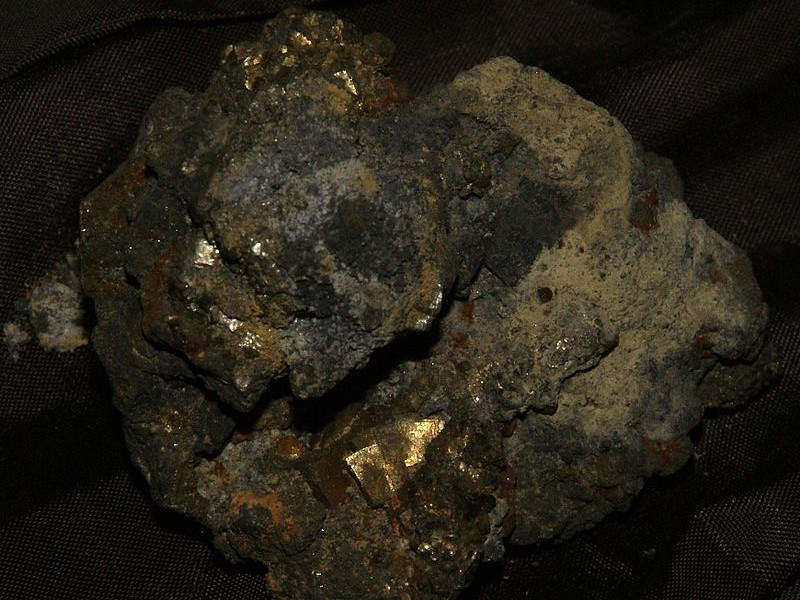Antilla copper project is situated 140km south-west of Cuzco, in Apurimac region, Southern Peru. Owned by Panoro Minerals, the project consists of 12 mining concessions covering a total area of 7,500ha.
The project was acquired by Panoro Minerals in 2007. The company drilled 49 exploratory boreholes in the deposit between 2008 and 2009. The preliminary economic assessment (PEA) for the Antilla copper project was completed in May 2018.
Project Gallery
The mine is anticipated to involve an initial capital cost of $250.4m. It is estimated to produce 21,000t of copper cathodes a year.
Geology and mineralisation
Antilla deposit is hosted in the Andahuaylas-Yauri belt in southern Peru. The Andahuaylas-Yauri belt is composed of Andahuaylas-Yauri Batholith, Mesozoic-early Cenozoic clastic, and marine sedimentary rocks.
The common types of intrusions in the sedimentary rocks are the weakly mineralised main porphyry stocks or aphophyses, porphyry diorite and porphyry dikes.
The main mineralisation types occurring in the deposit are primary sulphide, secondary sulphides, a leached cap, and an overburden/cover zone.
Additional supergene mineralisation is expected to be present next to the current mineral resource area.
Antilla copper project reserves
The indicated mineral resources of the mine are estimated to be 291.8Mt grading 0.34% copper and 0.01% molybdenum.
Inferred resources are estimated to be 90.5Mt grading 0.26% copper and 0.007% molybdenum.
Mining at Antilla
Open-pit mining technique will be used for mining in the Antilla project for a period of 16.5 years. The stripping ratio of the life-of-mine (LOM) production is 1.38:1.
Cast-blasting and dozer push mining techniques will be used for the development of upper benches to enable the movement of mining fleet of haul trucks and excavators/shovels.
The mine will have a design throughput of 20,000t a day and an annual production of 7.3 million tonnes (Mt) of crushed leach material.
Economically profitable leach material will be stockpiled to increase the grade of the metal in the future.
The waste rock will be utilised to either build infrastructure or stockpiled in the rock storage facility (RSF).
Production and processing
A conventional hydrometallurgical process to be employed in the processing plant will involve processing operations through a valley-leaching plant, solvent extraction plant, and electrowinning plant producing grade A copper cathodes.
The run-of-mine ore (ROM) will be brought from the open pit mine to the crushing plant by trucks. The crushed ore will be transported by trucks to the heach leapings area to form ore lifts.
The individual lifts will be irrigated with acid solution. The percolating solution (PLS) that overflows at the rate of 650m³/h will be gathered by the pregnant solution pond at the bottom of the valley.
The basement of the valley will be made of impermeable synthetic liners to avoid wastage of the percolating solutions.
The PLS will then be processed by a solvent extraction circuit (SX) and an electro-winning plant to realise grade A copper cathodes.
The extracted solution from the SX circuit will be further used to irrigate the ore after conditioning it with acid and make-up water.
An estimated 21,000t of copper cathodes a year will be shipped to markets for sale.
Antilla copper project infrastructure
The Antilla copper project utilises the existing infrastructure such as railway, roads, ports, water supply, and power generation and transmission facilities available in the area.
The mine is connected to the village of Santa Rosa on the Carretera Interoceanica Highway through a 60km-long gravel road.
Primary water sources for the mine are the Huancaspato River and the Ticlia lagoon located 7km away from the mine.
Power is supplied from the Cotaruse substation via the Cotaruse-Las Bambas 220kV transmission line.


